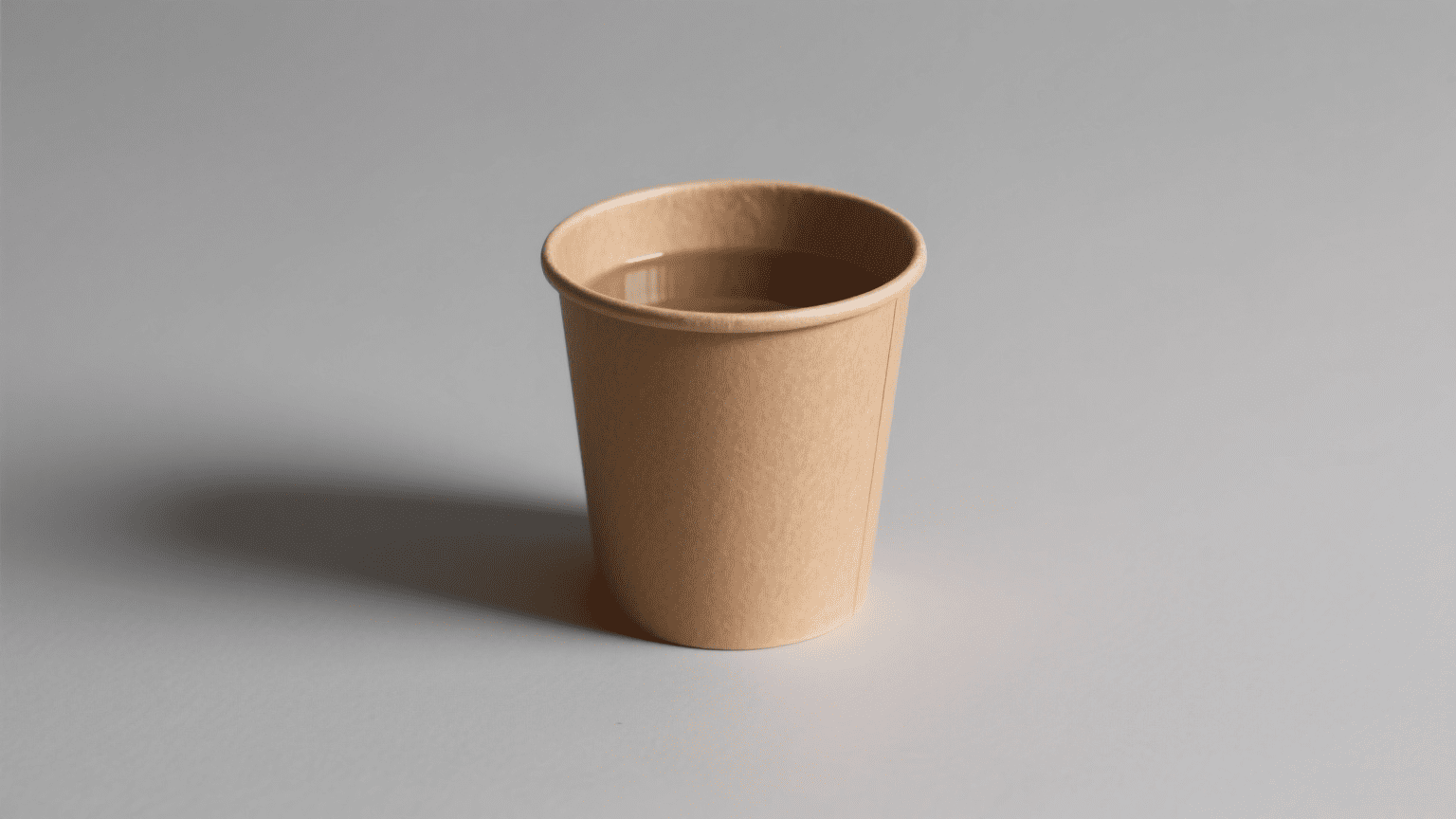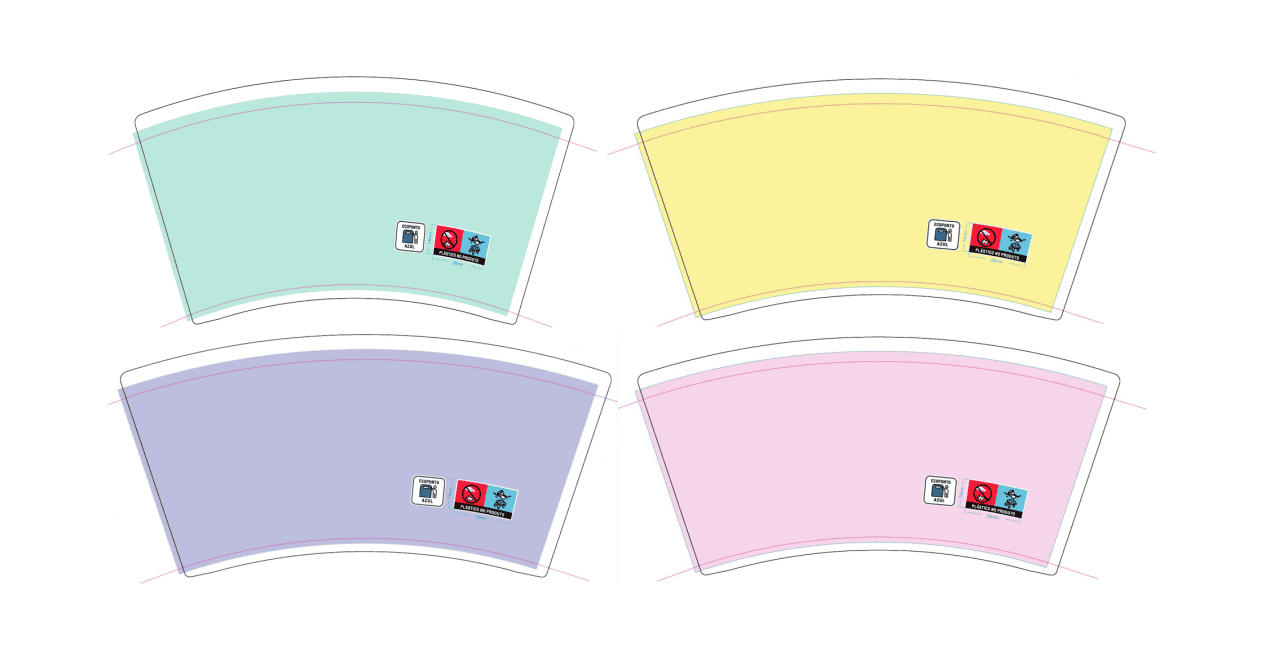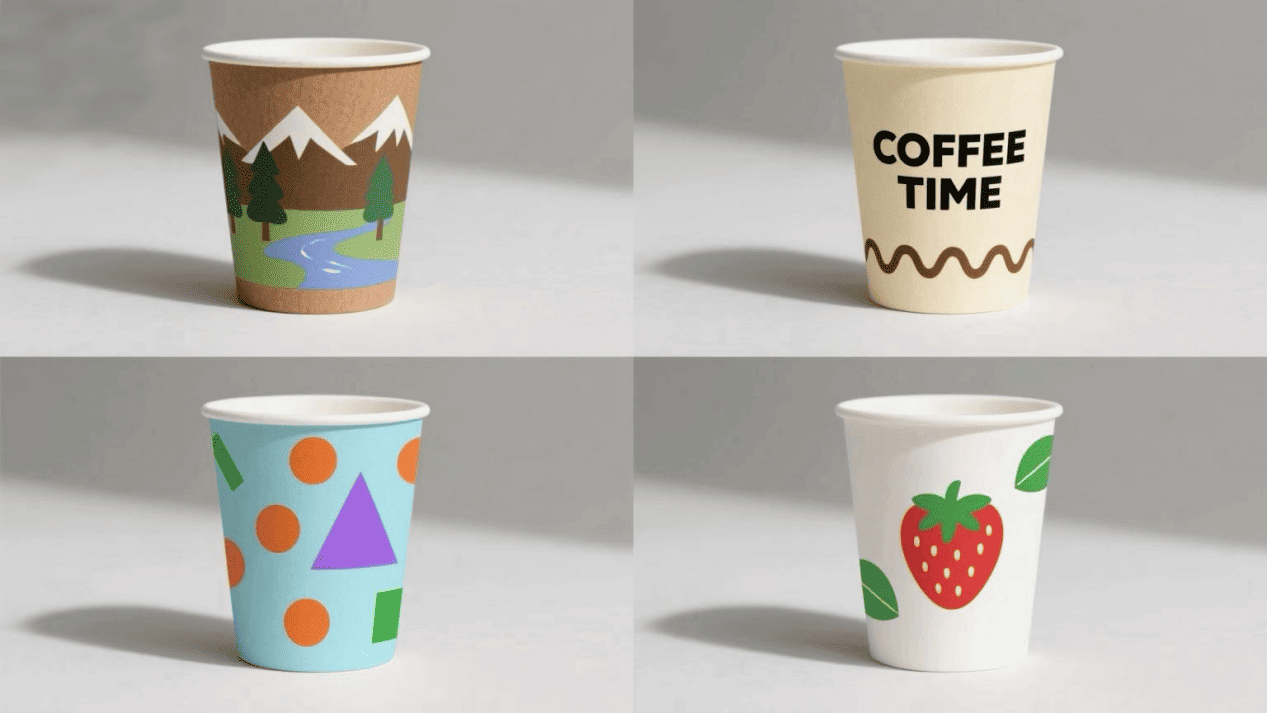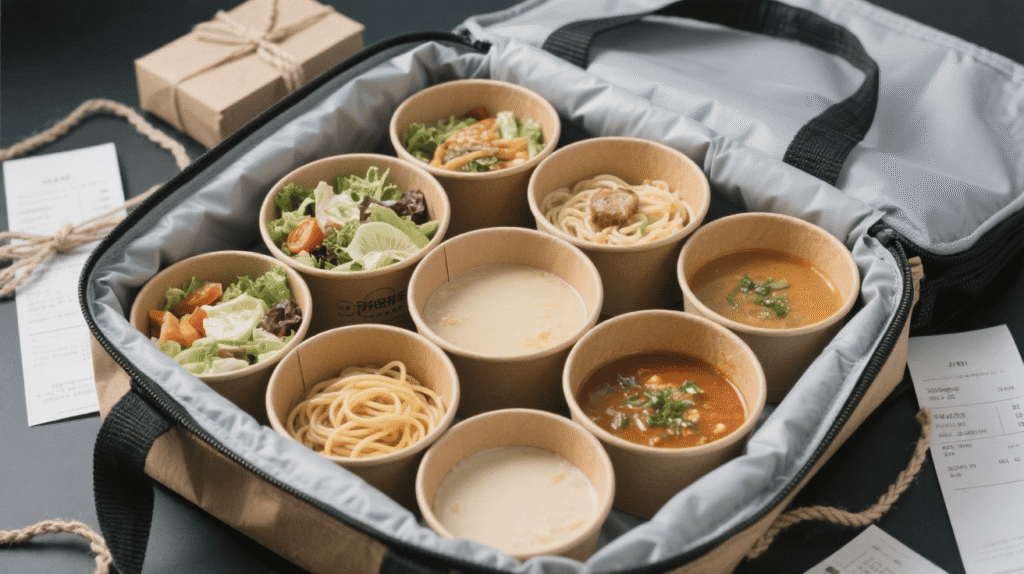Kraft paper soup cups look simple. The materials decide safety, heat resistance, and care for the environment.
A kraft paper soup cup1 is a food-grade paper container2 with a waterproof coating. It holds hot soups, stews, noodles, and other liquid foods.

I have worked with kraft paper products for many years. They started as basic takeaway packs. Now they are used as high-quality food containers. A kraft paper soup cup1 is not just brown paper. It comes from long-fiber wood pulp with PE or PLA coating3 inside. This makes it strong, heat-proof4, and leak-proof. Many restaurants use it for its natural look and safety.
What is the purpose of kraft paper?
Kraft paper is common in food packaging. People ask what makes it special.
Kraft paper is strong brown paper made from wood pulp. It is used for food packaging because it is tough, heat-proof4, and prints well.

Kraft paper comes from the kraft pulping process. This keeps the fibers long and strong. In my work, we use unbleached kraft for eco-friendly packaging5. It can have coating inside to hold liquids. The outside is good for printing. It is better than white paperboard for heavy food and for heat. It is used in soup bowls, salad bowls, coffee cup sleeves, and takeaway bags.
| Feature | Advantage |
|---|---|
| High strength | Hard to tear, good for heavy food |
| Eco-friendly | Natural fibers, degradable |
| Good printing | Works well with brand designs |
| Heat resistant | Suitable for hot food |
Are paper soup containers safe?
Many customers worry if paper soup cups are safe for hot liquids.
If they are made from food-grade paper and coating, and meet safety rules, paper soup cups are safe.
Safety needs three things. First, the paper should be virgin pulp, not recycled. Second, the coating should be food-grade PE or PLA. This stops oil and liquid from soaking through. Third, the cup should meet FDA, EU, or GB standards6. Our tests show most certified cups have no harmful chemicals. PE-coated cups stay safe even at 100°C.
| Safety Factor | Details |
|---|---|
| Raw material | Virgin pulp only |
| Coating material | Food-grade PE or PLA |
| Rules met | FDA, EU, or GB food-contact standards |
Can you put soup in a paper cup?
People often ask if paper can hold hot soup.
Yes. The inside of paper soup cups has PE or PLA coating3. This stops leaks and makes them safe for hot soup.

In my factory, we make cups with a thin coating inside. For hot soup over 90°C, I tell customers to use double-layer kraft paper7 with PE inside. This keeps heat longer and stops hands from burning. No paper cup can hold soup for a very long time. Soup kept for more than 2 hours can make the cup soft. Acidic soups like tomato can wear down the coating faster.
| Soup Type | Recommended Material |
|---|---|
| Clear broth | Single-layer kraft + PE coating |
| Cream soup | Double-layer kraft + PE coating |
| Acidic soup | Strong PE lining, short time |
Are paper soup containers microwavable?
Microwave use is another common question.
Most paper soup cups with PE or PLA coating3 should not be microwaved. Only cups marked “Microwave Safe” are good for short heating.

PE-coated cups can go soft in high heat. They may also let small amounts of chemicals into the food. PLA coating handles less heat and changes shape quickly. For customers who need microwave-safe cups8, we use a special coating. Even for these cups, heating should be no longer than 3 minutes. Do not use aluminum foil lids in the microwave.
| Cup Type | Microwave Use | Reason |
|---|---|---|
| PE-coated | Not good | Coating softens |
| PLA-coated | Not good | Low heat resistance |
| Microwave-safe type | Good for short heating | Special coating |
Conclusion
Kraft paper soup cups are safe, strong, and eco-friendly when bought from certified makers. The coating and paper type should match how the cup will be used.
Explore this link to understand the versatility and benefits of kraft paper soup cups in food service. ↩
Learn about food-grade paper containers and their importance in safe food packaging. ↩
Understand the differences between PE and PLA coatings and their roles in food safety. ↩
Discover materials that ensure heat resistance in food containers for safe serving. ↩
Find out why eco-friendly packaging is crucial for sustainability and consumer health. ↩
Explore the safety standards that ensure food packaging is safe for consumers. ↩
Discover the advantages of double-layer kraft paper in food packaging and insulation. ↩
Learn what features to look for in microwave-safe cups to avoid health risks. ↩
